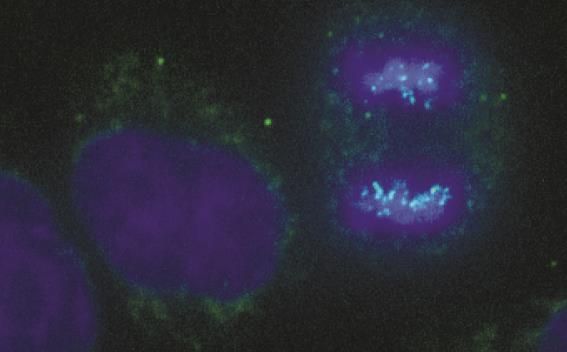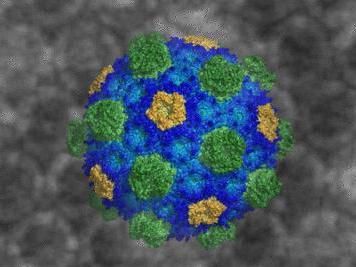Ancient mystery of cell division solved
Göttingen scientists decipher mechanism of chromosome condensation
An international team of scientists led by the University of Göttingen has deciphered a key mechanism of cell division. A striking feature of cell division is the condensation or compaction of chromosomes, which was first observed more than 130 years ago, but whose mechanism had been only vaguely understood so far. The Göttingen researchers successfully identified a force in a dividing cell that drives this process.

Universität Göttingen
The scientists at the Göttingen Centre for Molecular Biosciences led by Prof. Dr. Heinz Neumann used a trick from synthetic biology to equip cellular proteins with amino acids – the building blocks of proteins – that do not occur in nature. This endowed the proteins with particular properties, such as the ability to form cross-links with other proteins in the immediate vicinity upon irradiation. Thereby, the researchers observed for the first time in an intact cell an interaction between nucleosomes, the basic building blocks of chromatin, and showed that this interaction plays a crucial role in the condensation of chromosomes during cell division. „Furthermore, we identified the mechanism of its regulation,“ explains Prof. Neumann: A signaling cascade triggers the interaction at the beginning of cell division and suppresses it again after its conclusion.
„Errors in the process could cause chromosomal aberrations, one of the main causes for the emergence of tumor cells,“ says Prof. Neumann. „With the discovery of the mechanisms and forces that control the condensation of chromosomes, new opportunities for the development of alternative therapeutic approaches to treat cancer may emerge.“
Original publication
Other news from the department science

Get the life science industry in your inbox
By submitting this form you agree that LUMITOS AG will send you the newsletter(s) selected above by email. Your data will not be passed on to third parties. Your data will be stored and processed in accordance with our data protection regulations. LUMITOS may contact you by email for the purpose of advertising or market and opinion surveys. You can revoke your consent at any time without giving reasons to LUMITOS AG, Ernst-Augustin-Str. 2, 12489 Berlin, Germany or by e-mail at revoke@lumitos.com with effect for the future. In addition, each email contains a link to unsubscribe from the corresponding newsletter.






















































